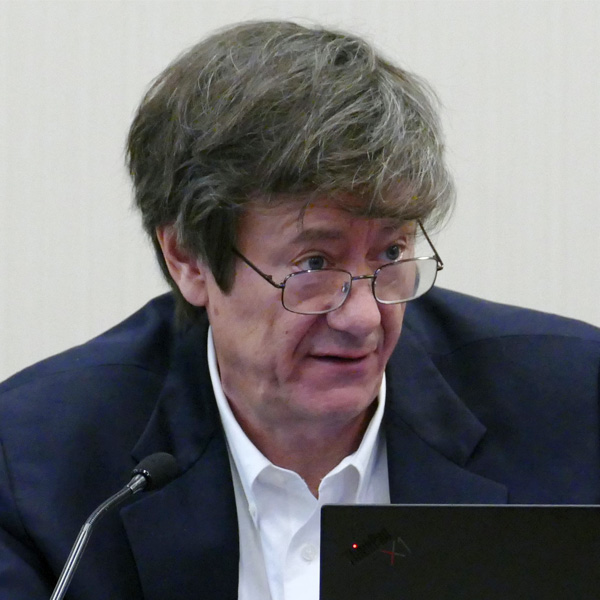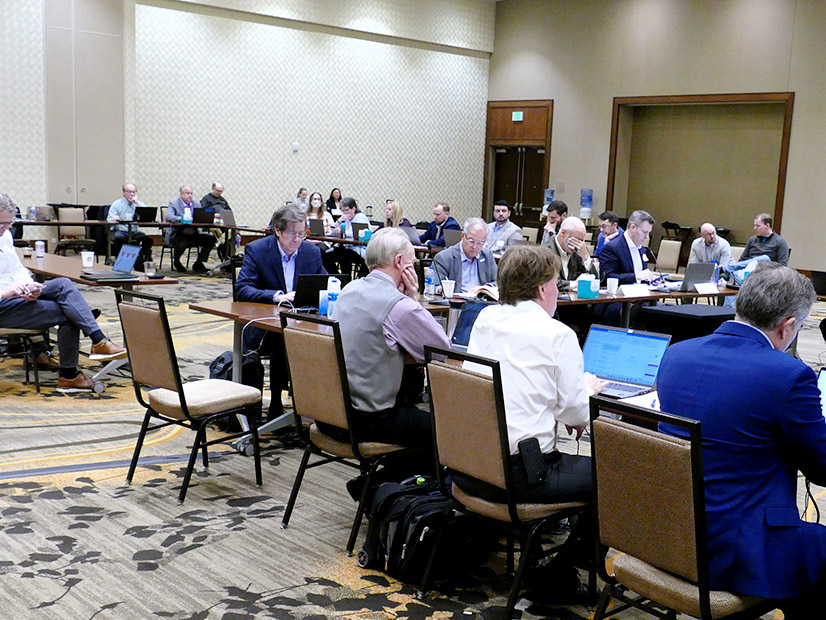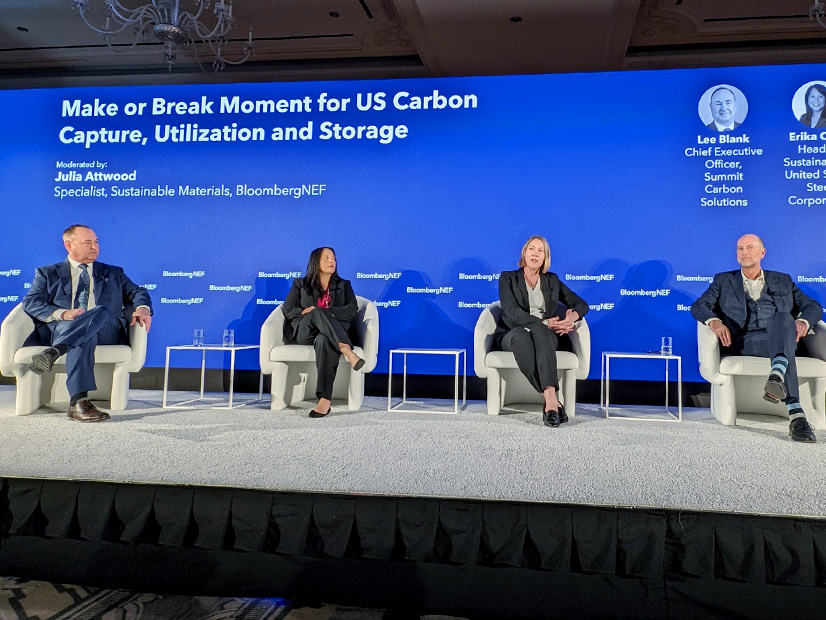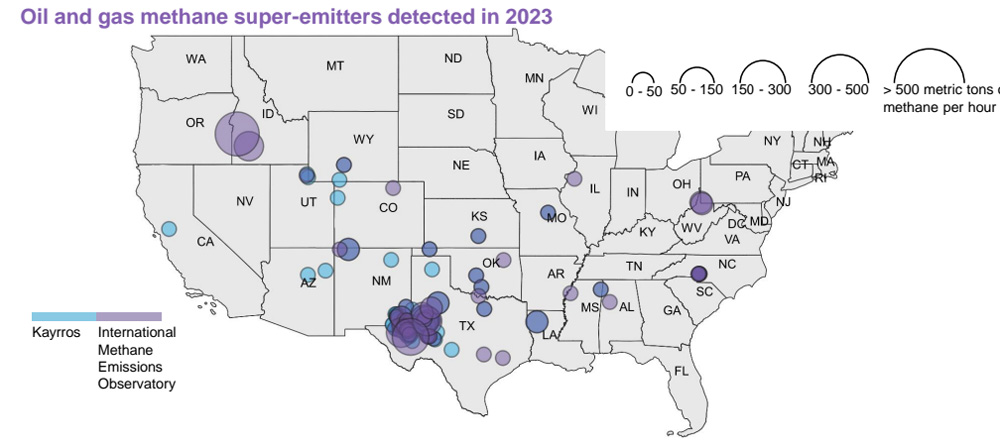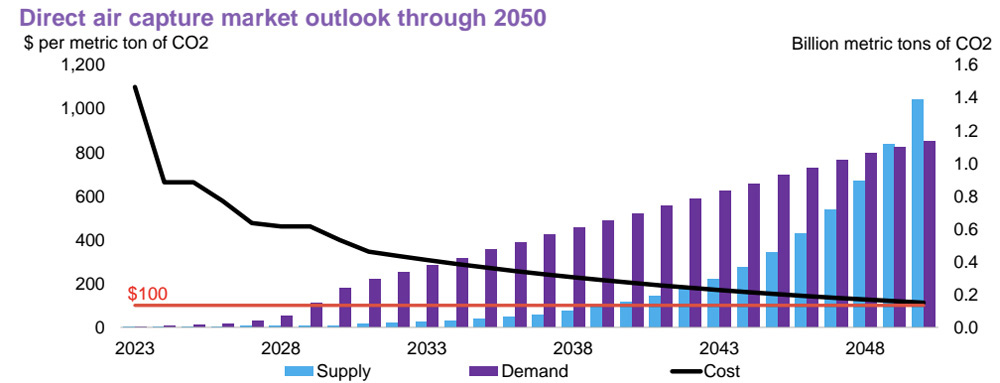Staff Reveals Error in GI Queue Studies; Clearing Backlog Still on Course
AURORA, Colo. — SPP staff publicly alerted stakeholders last week that it failed to conduct a tariff-required analysis of several generator interconnection queue study clusters as they reduced the backlog of GI requests dating back to 2017.
SPP’s Casey Cathey, senior director of asset utilization, quoted his late father, a salesman, as he broke the news some members already were aware of during the Markets and Operations Policy Committee on April 16. He said SPP discovered it “inadvertently” failed to conduct a contingent facility review for five clusters, beginning with the 2017-001 grouping through the 2020-001 collection.
“[My father] would say, ‘You don’t lose customers by making mistakes; you lose customers in how you handle those mistakes,’” Cathey said. “We made a mistake. That’s just plain and simple.”
SPP plans to handle this mistake using two processes dependent on the cluster study’s progression. Once SPP has determined which interconnection requests in the affected clusters are contingent on previously assigned network upgrades, it said generator interconnection agreements will have to be amended to include the contingent facilities.
Until then, GI requests in the affected clusters that were not identified by SPP during the study process may be contingent. Those projects may be subject to limited operations until the contingent facilities are in service. Additionally, requests in the clusters in question could be assigned the cost of those facilities should higher-queued GI requests not build them.
“This is a big deal, and it’s a big deal with a number of tentacles to it,” the Advanced Power Alliance’s Steve Gaw said. “When this first came out, it really did send shock waves through the developer community. We are still in the mode of dealing with, ‘What does this do?’
“What we want we don’t know yet, and what’s going to be yet to develop is what the ultimate impacts are to the generation that’s in this queue, and to the investments that have already occurred,” he added.
The grid operator includes clearing the GI backlog of all requests submitted through 2022 by the end of the year as a priority for 2024. According to a timetable, it would post the last contingent facilities remedy, for the 2020-001 cluster, in August. The active queue contains 421 requests for 87 GW of capacity; it numbered 1,139 requests for 221 GW when the backlog-clearing effort began.
“We’re still very much pushing to make that goal by the end of this year,” Cathey said. “We have to resolve this. We recognize how important this is and we have to resolve that in a way that minimizes the impact to the customers.”
He said SPP will post contingent facilities cluster study reports and amend GIAs as required. Developers with GI requests should review all their projects, especially those in affected study groups, he said. Those nearing commercial operating dates or subject to 0 MW due to contingent facilities can request the RTO perform a limited operation system impact study (LOSIS), with a group LOSIS offered to those in service or expected to be in service within 18 months.
“This is a serious error and we’re working with the developer community to come up with a very tight remedy plan to rectify this,” Cathey said, adding that he welcomes other novel ideas to accelerate the plan.
Record Tariff Changes?
Members took up 26 tariff revision requests during the two days, leading MOPC chair and ITC Holdings’ Alan Myers to posit that the number may be a record. The committee took no action on one of the RRs, but the other revisions and voting items passed with an average 96% approval.
A proposed revision incorporating western entities into SPP’s resource adequacy process when they join the RTO’s markets failed initially, securing only 53.4% of approving votes. When the motion’s language was amended to clarify that deliverability across the DC ties would only include firm transmission service, the motion passed with 83.1% approval.
MOPC also delayed action on RR620, which would implement SPP cost-allocation policies for Joint Targeted Interconnection Queue (JTIQ) projects. However, the RTO’s staff, transmission owners and SPP’s JTIQ partner, MISO, have been unable to reach consensus over the rate template in pursuit of a more efficient “direct billing” approach. The committee agreed to a conference call April 26 to wrap up the tariff revision, but the meeting was cancelled April 22. Staff said the work to finalize RR620 is ongoing.
SPP and MISO have agreed to assign 90% of the JTIQ portfolio’s $1.06 billion in costs for its five projects to generation. Load will cover the remaining 10%. (See MISO, SPP Propose 90-10 Cost Split for JTIQ Projects.)
The committee endorsed five other RRs that, if approved by the board, would:
-
- RR600.8: Add an incremental market-efficiency use charge to provide revenue offsetting incremental DC tie operations costs due to their market dispatch. The charge would be levied proportionally to all market participants’ activity, including those with export and virtual transactions.
- RR605: Define an authorized outage and criteria, add requirements for resources’ availability during both the summer and winter seasons (unless on an authorized outage), help load-responsible entities and generation owners better understand when to submit resource adequacy (RA) capacity when providing workbooks to meet the RA requirement.
- RR608: Allow new generation resources to operate with fewer restrictions during seasons where interconnection studies did not identify transmission constraints prior to the completion of all network upgrades, while still restricting those generators in seasons where interconnection constraints were identified.
- RR612: Modify the multiday economic commitment to allow long-lead resources to receive market commitments for purposes beyond reliability.
- RR616: Ensure any outage not approved by the SPP balancing authority and not an outside management control event is accounted for in performance-based accreditation (PBA).
MOPC also approved separate measures imposing resiliency options and correlated changes to the 2025 Integrated Transmission Plan and removing the voltage stability analysis from the 2024 ITP study. It also endorsed a price-formation policy to dispatch resources based on the true obligation and price the system using the obligation without the impact of the load shed and emergency pricing assistance.
SPC OKs Forecasting Task Force
Meeting after MOPC, the Strategic Planning Committee endorsed staff’s recommendation to create a task force to improve regional load forecasting that tends to come up short.
Staff said even its lowest scenarios for peak load in winter forecasts exceed members’ load expectations for resource adequacy. Summer load forecasts during ITP submissions exceed the lowest growth assumptions and remain below trends for more rapid growth, they said.
“Can we be better?” SPP’s Cathey asked, drawing responses of agreement from several members. “From a regional perspective, it’s 100% driven by the responsible entities and populated by members, so it’s fully through member input. The question is, how can we put a little bit more attention to this to get a little bit more accuracy in the use cases and providing better data with changing, unconventional loads?”
Pointing out that some members have more sophisticated tools than others, “depending on the size of their shop,” Cathey said staff has reached out to some members as well as SPP’s fellow grid operators to gather data for the task force. He said SPP intends to keep the task force’s membership small, but open, and focused on employees with planning responsibilities.
Cathey said staff believes defining improvements to regional planning would take eight months. He promised a checkpoint at year’s end, with some long-term solutions handed to other stakeholder groups.
The SPC meeting was conducted with a somewhat unusual seating arrangement. The committee’s leadership headed a U-shaped arrangement with SPP’s rostered members. Behind the main table, another U-shaped arrangement gave interested onlookers a view of the backs of the committee leadership’s heads.
“Sorry, I have worked my way up from coach in the back,” quipped SPP’s Robert Fox, director of enterprise architecture, as he belatedly joined the main table to comment.
Last MOPC for Dowling
The MOPC meeting was the last for Midwest Energy’s Bill Dowling, who is retiring after 39 years sitting in the committee and other SPP meetings — or, as Midwest’s vice president of engineering and energy supply said in referring to the number of years he has spent with the RTO, “a lot.”
Myers began the meeting by singling out Dowling for recognition. Like Myers, Dowling has served as the committee’s chair.
“I’ve gotten to know a lot of really great people,” he said. “It’s been a pleasure working with some really smart people. It makes me look good.”
Committee Consents to 19 RRs
MOPC’s unanimous approval of the consent agenda endorsed 19 RRs, 10 of which will go to the board for further consideration:
-
- RR555: Adds requirements to the operating criteria addressing FERC cold-weather recommendations.
- RR600.7: Integrates western entities seeking RTO membership under SPP’s terms and conditions with updates that include a DC tie access charge.
- RR600.9: Adds a separate balancing authority area on the western side of the DC ties to the SPP BA.
- RR600.10: Awards auction revenue rights and transmission congestion rights to the alternating current portion of transmission service that cross DC ties between the Western and Eastern Interconnections. Settling the rights will occur in two stages, with the AC portions settling in the respective interconnection.
- RR600.11: Renames the tariff’s Attachment AN to Addendum 1 and adds language specific to western entities joining SPP as members of the West BAA.
- RR600.12: Includes a separate BAA on the western side of SPP’s DC ties and other necessary market design clarifications adding policies necessary to integrate western parties into SPP.
- RR600.13: Bases some rates for point-to-point and network service on the western side of the DC ties and the associated revenue distribution on the amount of annual transmission revenue requirement specific to the facilities in an interconnection. This accommodates Western Area Power Administration’s Upper Missouri and Rocky Mountain Region zones, which have facilities in both interconnections.
- RR600.14: Adds language clarifying West DC ties as constraints, similar to other transmission constraints that are part of the market power test and frequently constrained areas validations.
- RR600.16: Revises contract services agreements with WAPA-Upper Great Plains by removing language related to the Western Energy Imbalance Service market and narrowing the list of WAPA-UGP facilities to only those that are and will remain in the NorthWestern Energy BAA.
- RR607: Implements the Regional State Committee’s change to the tariff’s safe harbor provisions, from 125% to 100% plus the higher of summer or winter season planning reserve margin plus 10% (but not less than 125%).
Nine other endorsed RRs don’t require board approval: RR590, RR596 , RR604, RR609, RR613, RR614, RR617, RR624 and RR625.
